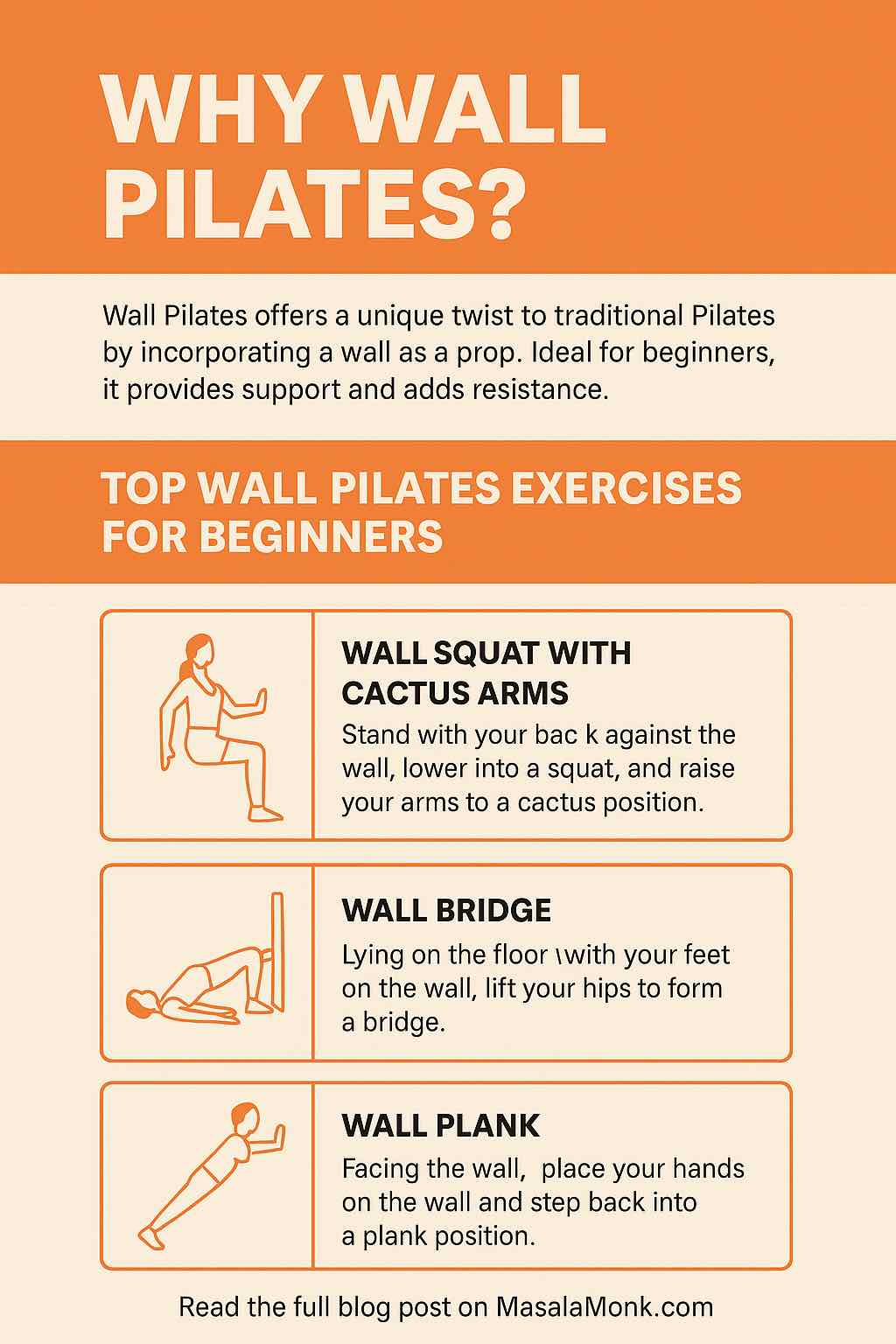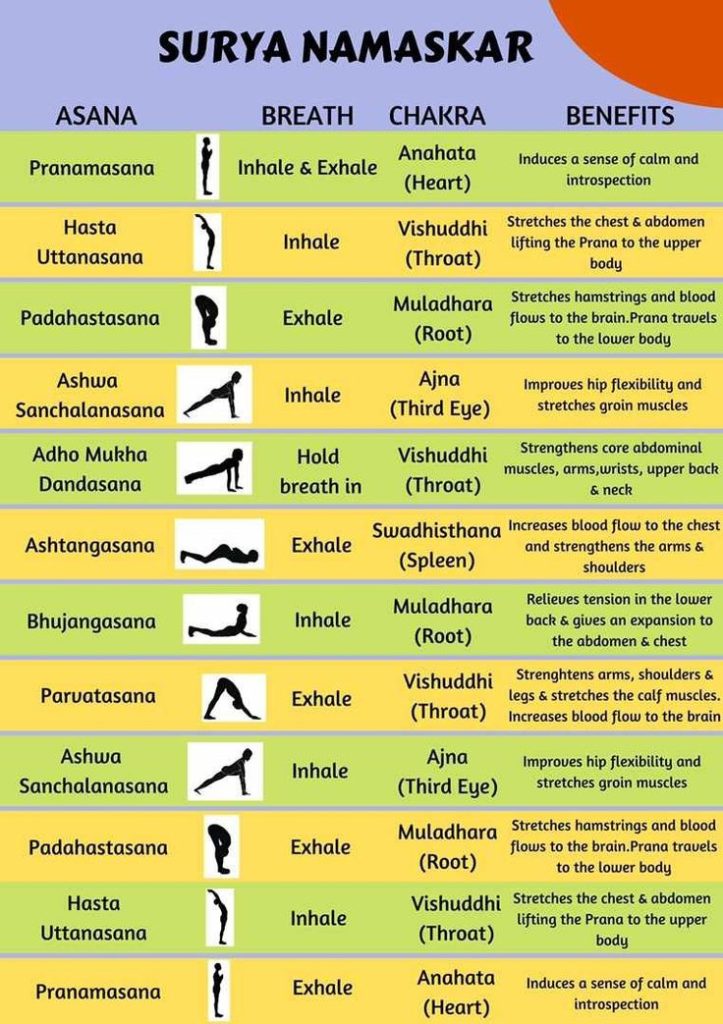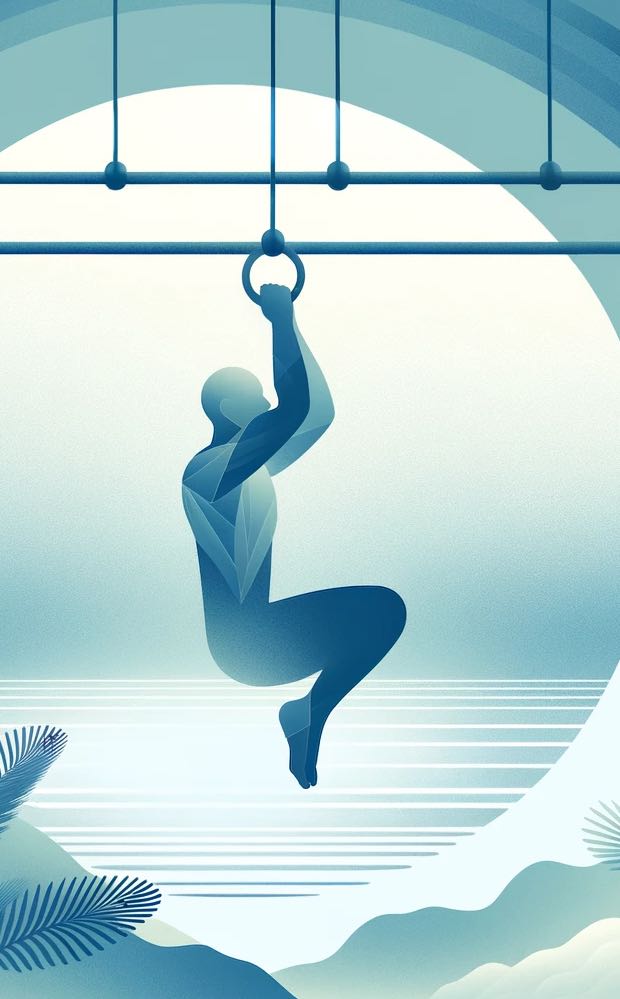
Pilates has long been celebrated for its ability to sculpt the body, improve flexibility, and boost core strength. But have you heard of Wall Pilates? This trending workout utilizes a wall to add resistance and variation to traditional Pilates exercises. If you’re a beginner looking to dive into this innovative workout, you’re in the right place!
Featured Video: Wall Pilates Workout | 30 min beginner’s guide
This enlightening video is presented by Raminara, a dedicated fitness enthusiast and Pilates instructor. In this 30-minute guide, Raminara introduces beginners to the transformative power of Wall Pilates. With her expert instruction and step-by-step demonstrations, viewers will learn how to harness the wall as a support system, enhancing posture, engaging deep core and pelvic floor muscles, and achieving a sculpted physique.
In her own words, Raminara emphasizes the session’s design to empower individuals, regardless of their fitness level, and instill confidence in their Pilates practice. For more insightful fitness tutorials and guides, be sure to like, share, and subscribe to Raminara’s channel.
Why Wall Pilates?
Wall Pilates offers a unique twist to traditional Pilates by incorporating a wall as a prop. This not only adds resistance to the exercises but also provides support and stability, making it ideal for beginners. The wall can help ease the body into some of the more challenging positions and offers a feeling of security.
Top Wall Pilates Exercises for Beginners
- Wall Squat with Cactus Arms: This exercise strengthens the quads and glutes while opening up the chest. Stand with your back against the wall, lower into a squat, and raise your arms to a cactus position. Hold for a few breaths and return to the starting position.
- Wall Bridge: Lying on the floor with your feet on the wall, lift your hips to form a bridge. This move targets the glutes, hamstrings, and lower back.
- Wall Plank: Facing the wall, place your hands on the wall and step back into a plank position. Engage your core and hold.
(For a detailed visual guide, check out this Beginner Wall Pilates Workout Chart.)
Further Reading and Resources
- 10 Beginner Wall Pilates Exercises To Try At Home: A comprehensive guide by Bustle that provides 10 easy moves for beginners.
- A 20-Minute Wall Pilates Workout for Beginners: A quick wall Pilates workout guide by livestrong.
- What Is Wall Pilates? A Guide For The Beginner: An introduction to wall Pilates by BetterMe.
Frequently Asked Questions About Wall Pilates for Beginners
1. Is Wall Pilates Suitable for All Fitness Levels?
Wall Pilates is designed to be inclusive and adaptable. Whether you’re a beginner or an experienced exerciser, you can benefit from wall Pilates. The exercises can be modified to match your current fitness level, making it a versatile choice.
2. Can Wall Pilates Help Improve Core Strength?
Absolutely. Wall Pilates places emphasis on engaging and strengthening the core muscles. By using the wall as a support, you can perform exercises that challenge and enhance your core strength, leading to better stability and posture.
3. What Equipment Do I Need for Wall Pilates?
The beauty of wall Pilates is that it requires minimal equipment. You’ll need a mat, an open wall space, and perhaps a soft cushion for support. The wall itself acts as a prop to add resistance and support.
4. How Can Wall Pilates Benefit Posture?
Wall Pilates encourages awareness of proper alignment and posture. As you perform exercises against the wall, you’ll naturally focus on maintaining good posture, leading to improved body awareness and alignment even outside of your workouts.
5. Can Wall Pilates Help with Flexibility?
Certainly. Many wall Pilates exercises involve gentle stretching and controlled movements that contribute to increased flexibility over time. The wall’s support allows you to safely deepen stretches and improve flexibility.
6. Is Wall Pilates Similar to Traditional Pilates?
While Wall Pilates shares similarities with traditional Pilates, it introduces the element of using a wall for resistance and support. This unique twist adds a new dimension to your Pilates practice, engaging different muscle groups.
7. Are There Any Precautions I Should Take?
As with any exercise regimen, it’s important to listen to your body and avoid overexertion. If you have any existing medical conditions, consult your healthcare provider before starting wall Pilates. Start with beginner-friendly exercises and progress gradually.
8. How Often Should I Practice Wall Pilates?
Consistency is key. Aim for regular practice, whether it’s a few times a week or daily. Start with shorter sessions and gradually increase the duration as your strength and comfort level improve.
9. Can Wall Pilates Help with Postpartum Recovery?
Yes, wall Pilates can be beneficial for postpartum recovery. It offers gentle exercises that focus on core strength and pelvic floor activation, which are important aspects of postpartum rehabilitation. However, it’s advisable to consult a healthcare professional before starting any exercise routine after childbirth.
10. Where Can I Find More Wall Pilates Resources?
In addition to this guide, you can find helpful wall Pilates resources on reputable fitness websites, YouTube channels, and fitness apps. Look for videos, articles, and guides that offer step-by-step instructions and modifications for beginners.
Conclusion
Wall Pilates is an exciting and effective way to enhance your fitness routine. Whether you’re new to exercise or a seasoned Pilates enthusiast, incorporating the wall can bring a fresh perspective to your workouts. Dive in with our featured video and explore the resources to master the art of Wall Pilates!












